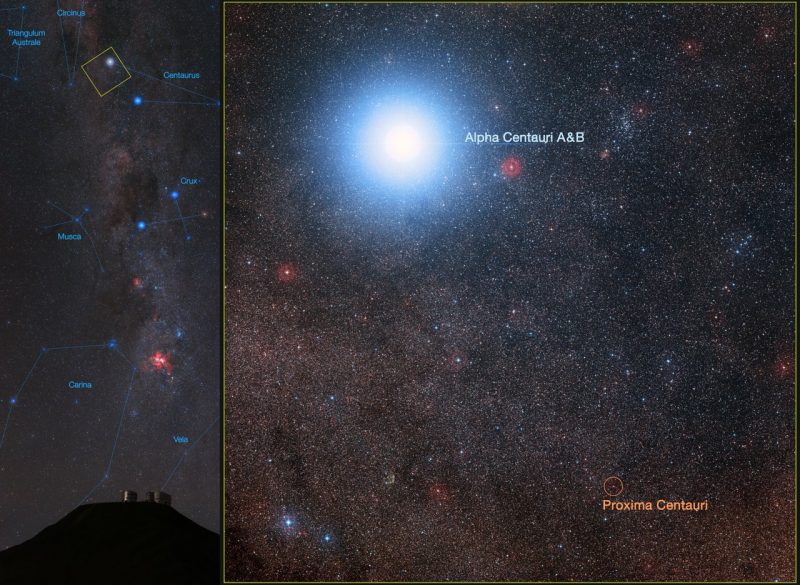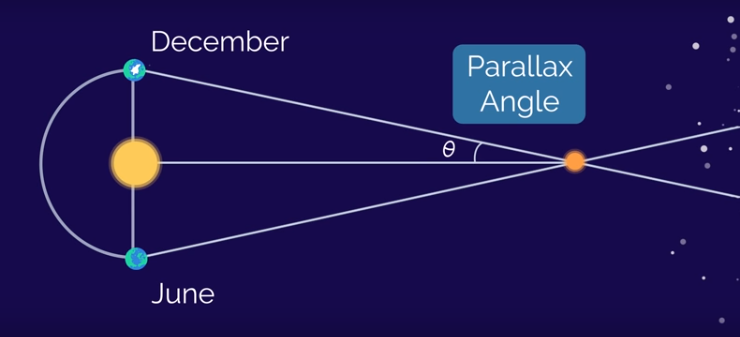Parsec 3.26 light years is more than just a number—it’s a fundamental concept in astronomy. While astronomers often mention parsecs as a standard unit of distance, many wonder why 1 parsec equals exactly 3.26 light years. The explanation comes from geometry, orbital motion, and ancient observational techniques still used today.

Let’s unpack the math and meaning behind parsec 3.26 light-years and why it remains one of astronomy’s most important concepts.
What ‘s a Parsec 3.26 Light Years?
A parsec (short for “parallax second”) is a unit used to measure vast distances beyond our solar system. Instead of miles or kilometers, astronomers use parsecs to calculate how far away stars and galaxies are.
The word itself is a blend of parallax and arcsecond. It directly relates to the apparent motion of stars when viewed from opposite ends of Earth’s orbit around the Sun.
How Parallax Determines Distance
If you’ve ever tried the “finger trick”—holding up a finger in front of your face and closing one eye at a time—you’ve used the principle of triangulation. This optical shift is called parallax, and astronomers use it to measure stellar distances.
As Earth orbits the Sun, nearby stars seem to shift position against the background of distant stars. The angle of that shift is the parallax angle, typically measured in arcseconds. A parallax angle of 1 arcsecond defines the baseline for one parsec.
So why 3.26 light-years?
If a star shows a parallax angle of exactly 1 arcsecond, it must be 3.26 light-years away. That’s where the number comes from—a direct result of Earth’s orbital diameter and basic trigonometry.

The Geometry Behind 3.26 Light Years
Earth’s orbit forms the base of an astronomical triangle. At two points six months apart, astronomers observe a star’s position shift. Using the observed angle and knowing Earth’s orbital radius, they apply triangulation to determine the star’s distance.
The math results in one parsec being about 30.86 trillion kilometers or 3.26 light-years. That means if a star’s parallax angle is 1 arcsecond, it is 3.26 light-years from Earth.
This conversion is exact because the parallax angle and Earth’s orbital size are constants in this calculation.
Who Defined the Parsec?
The term “parsec” first appeared in 1913 in a paper by British astronomer Frank Watson Dyson. His work helped formalize distance standards used in the early 20th century, making “parsec” the default unit for professional astronomers.
Real-World Examples of Parsecs
Here’s what parsec-based measurements look like in the cosmos:
- Proxima Centauri, the nearest star beyond the Sun, is 1.3 parsecs away (~4.24 light years).
- The center of the Milky Way is about 8,000 parsecs from Earth.
- The Andromeda Galaxy lies nearly 780,000 parsecs—or 780 kiloparsecs—away.
Distances at even larger scales are expressed in megaparsecs (1 million parsecs) and gigaparsecs (1 billion parsecs).
Why Do Astronomers Prefer Parsecs?
While light-years are common in public explanations, parsecs align directly with observational data. Measuring a star’s parallax gives astronomers a natural way to express its distance without needing to convert units.
Modern space observatories like Gaia can measure angles down to microarcseconds, allowing them to chart stars thousands of parsecs away.
Summary: The Power of 3.26
In short, 1 parsec = 3.26 light-years because of how Earth’s orbital geometry, parallax, and triangulation work together to measure space. This number isn’t random—it’s grounded in trigonometry and centuries of stargazing.
Whether studying nearby stars or distant galaxies, the parsec remains a practical and mathematically sound tool for mapping the universe.
Share this content:













Post Comment
You must be logged in to post a comment.